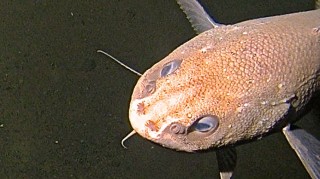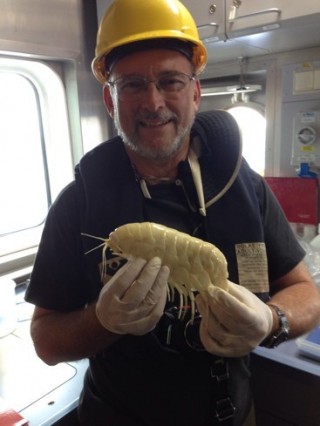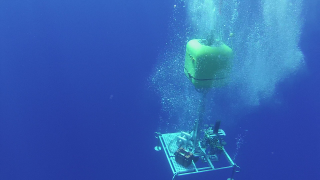Research into the deepest ecosystem on Earth is currently in somewhat of a quagmire. The technical challenges of the past no longer exist and the last 10 years have seen a renaissance in biological exploration at full ocean depth.
However, with ever more sophisticated technology at our disposal, a discrepancy has emerged between opportunities to access the hadal trenches and how we explore them.
Beyond Challenger Deep

When talking about the hadal trenches, the Mariana Trench and its deepest point, the Challenger Deep, are the only names that spring to mind for most people. This is where the paradox lies. Often we hear about how little we know about these environments and the urgent need to study them. However, Challenger Deep is now probably the most explored area in the hadal zone, in terms of samples per square meter. Unfortunately, we still know very little about the rest of the Mariana Trench.
Trenches are somewhat unusual in that they do not adhere to the continuum of the shelf, slope, rise and plains as they descend further away from the comfort of our shores. In fact they are a seemingly random constellation of disjunct habitats of varying sizes, shapes, depths, and geographic locations, differing in isolation from one another and age. That is to say, there are no ‘representative’ trenches that scientists can really focus their research effort on.
Mariana Trench: An Outlier

The Mariana may be the most famous, having being crowned the deepest place on Earth, but whichever way we look at this trench, it is an outlier. Mariana Trench is one of the most remote trenches from any continental land masses, and its position in the Central Pacific means that it receives close to the lowest amount of surface-derived food of any of the trenches. Food is what supports the abundance and diversity of species, which are also known to decrease with depth and thus Challenger Deep is likely to host the most food starved and least abundant community, albeit at the greatest pressure.
Despite all of this, given the opportunity, everyone wants to go to the Mariana Trench and plant their gear in the deepest place in the ocean, Challenger Deep. This is why, for us, the Mariana Trench, in its entirety, has been a long time coming. In the last seven years we have explored many trenches including the Japan, Izu-Bonin, Peru-Chile, Tonga, Kermadec and New Hebrides Trenches, and we have amassed an impressive portfolio of discoveries leading to a greater understanding of life in the hadal zone. So much so, that we successfully predicted that we would find snailfish, decapods, and supergiant amphipods during lander deployments in the upper trench. That would not have been possible seven years ago. Progress.

There are always kinks in the lineage of certainty, so there is always more to learn by dragging the entire Mariana Trench into the mainstream research plan. We hope that what we find will lead to a greater respect for this unique ecosystem, one that goes beyond just its depth.

